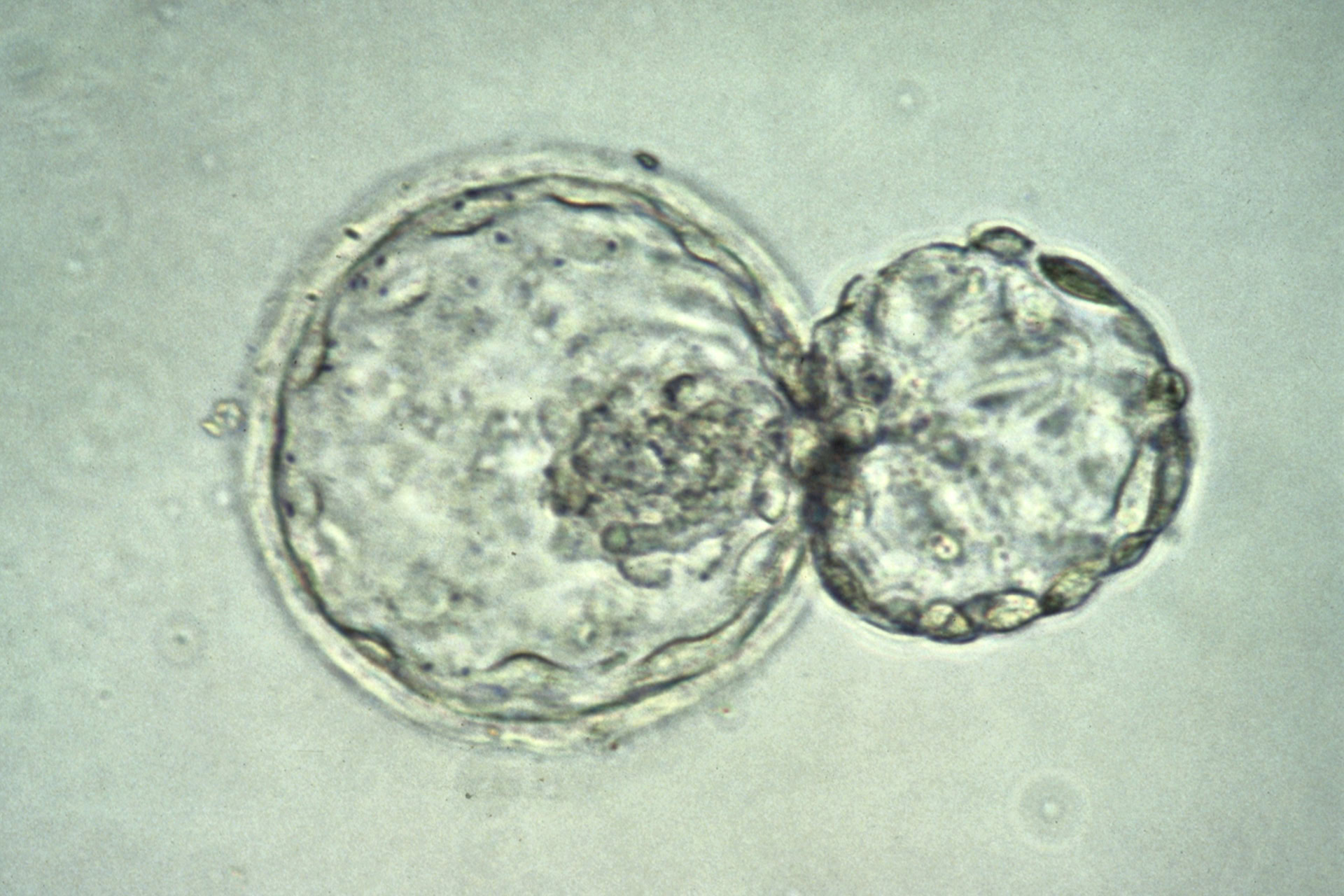An international team of researchers has found that both embryonic stem cells (ESCs) and iPS (induced pluripotent stem) cells show higher genetic abnormalities than other cells.
The study, led by stem cell scientists from the University of California, San Diego School of Medicine and The Scripps Research Institute, used a high-resolution molecular technique called SNP (single nucleotide polymorphism) analysis to look for genetic changes at more than a million sites in the human genome.
'We found that human pluripotent cells (hESCs and iPS cells) had higher frequencies of genomic aberrations than other cell types', said lead author Dr Louise Laurent, assistant professor in the UCSD Department of Reproductive Medicine.
'Most strikingly, we observed a higher frequency of genomic duplications in hESCs and deletions in iPS cells, when compared to non-pluripotent samples', she added.
The scientists also identified specific regions in the genome where the abnormalities were more likely to arise. In ESCs, the duplications were near pluripotency-associated genes (genes that allow the cells to turn into any other kind of cell in the body). In iPS cells, duplications involved cell proliferation genes, and deletions involved tumor suppressor genes.
Dr Laurent said: 'We were surprised to see profound genetic changes occurring in some cultures over very short periods of time, such as during the process of reprogramming somatic cells into iPS cells and during differentiation of the cells in culture'.
The ability of pluripotent stem cells to change into other cell types has made them a potential source for cell replacement therapies, but abnormalities like these can push cells towards becoming cancerous and therefore limiting their suitability as therapeutic agents.
'Since genetic aberrations are often associated with cancers, it is vital that cell lines destined for clinical use are free from cancer-associated genomic alterations', explained author Dr Jeanne Loring, Director of the Center for Regenerative Medicine at The Scripps Research Institute.
These changes could not have been detected by traditional microscopic techniques, such as karyotyping, due to the fact that they occur very rapidly. In the past, SNP analysis was not a part of routine monitoring of hESC and iPS cells cultures, but these results suggest that perhaps it should be in order to assure the cells' stability and clinical safety.
'We don't know yet what effects, if any, these genetic abnormalities will have on the outcome of basic research studies or clinical applications, and we need to find out', Dr Laurent said.
She added: 'The results of the study illustrate the need for frequent genomic monitoring of pluripotent stem cell cultures'.
The study was published in the journal Cell Stem Cell.
Sources and References
-
Dynamic Changes in the Copy Number of Pluripotency and Cell Proliferation Genes in Human ESCs and iPSCs during Reprogramming and Time in Culture
-
Genetic Abnormalities Identified in Pluripotent Stem Cell Lines - Press Release
-
Genetic abnormalities found in stem cell lines
-
Genetic Abnormalities in Embryonic Stem Cells






Leave a Reply
You must be logged in to post a comment.